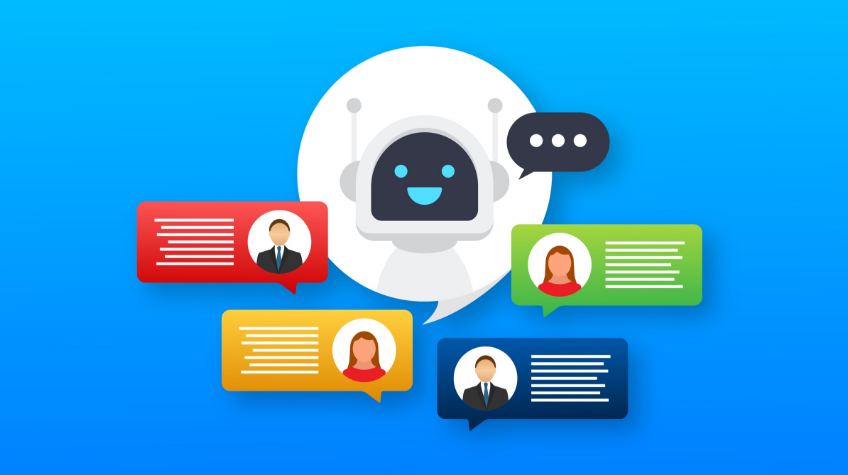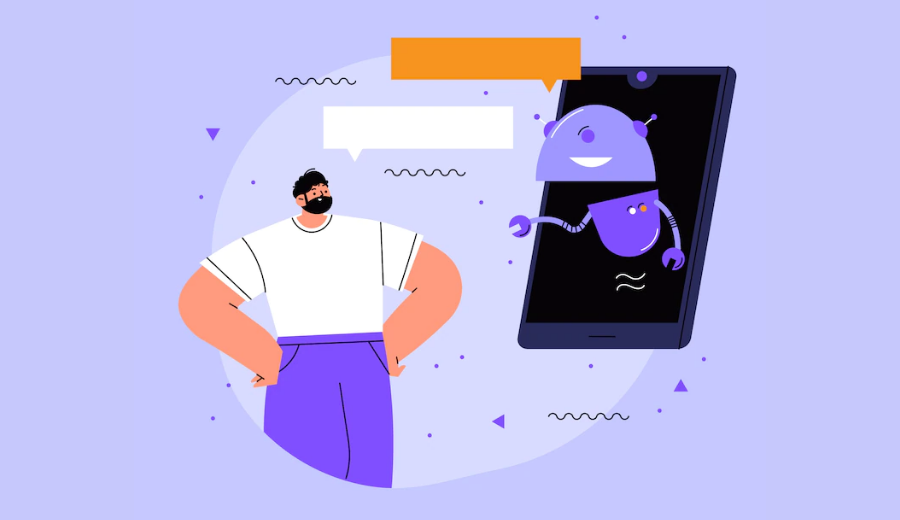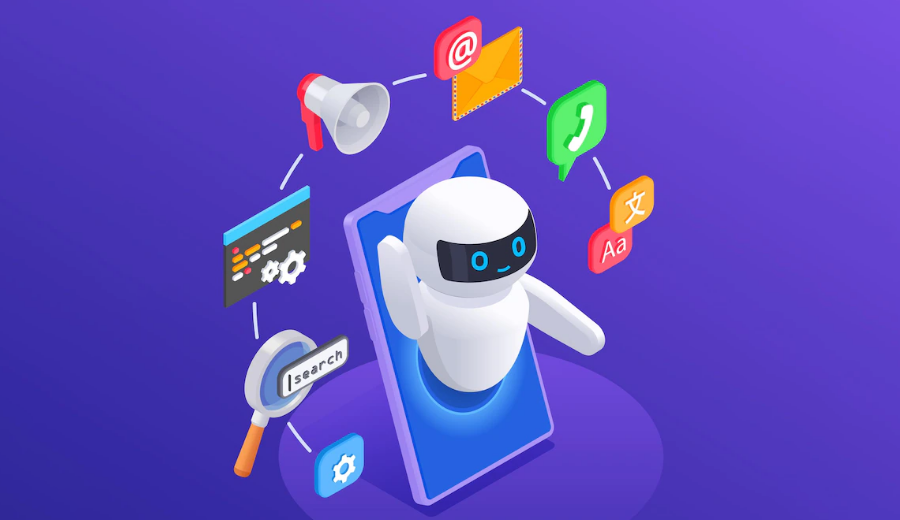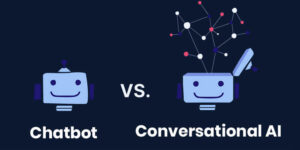
Chatbots are computer schedules created to replicate human-to-human discussions with users, usually over the net. They can be used for different objectives, such as customer service, answering frequently asked questions, and assisting with online transactions. There are several types of chatbots, each with unique features and capabilities. For example, some chatbots are designed to handle easy questions and supply necessary data. In contrast, others use machine learning to enhance execution with time and adjust to changing user needs. This article will go through ‘what are the different types of chatbots’.
What is chatbot
A chatbot is a computer schedule developed to simulate discussions with real people, particularly over the net. Chatbots offer consumer assistance, reply to queries, or help with online dealings. Some chatbots use artificial intelligence and machine learning to enhance their interaction with customers over time.

There are several types of chatbot, including rule-based chatbots and self-learning chatbots. Rule-based chatbots are designed to follow specific practices to decide how to react to a user’s information. These chatbots may be able to handle simple queries and provide basic information, but they may need help with more complex or open-ended requests.
On the other hand, self-learning chatbots are designed to improve their performance over time by learning from their interactions with users. For example, these chatbots may use machine learning algorithms to interpret user information and develop good replies. As a result, self-learning chatbots may be more flexible and able to handle a broader range of user requests, but they require more extensive training and may be more expensive to develop.
Chatbots are valuable for companies and institutions looking to enhance consumer assistance and streamline operations. By automating everyday duties and delivering fast and precise answers to user queries, chatbots can allow companies to save time and resources while improving the customer experience.
Also See: Top 10 Interesting Chatbot Ideas
How does the chatbot work
There are several ways that chatbots can work, depending on the specific implementation and the technology used. Here are a few standard approaches:
➢ Rule-based chatbots:
These are designed to follow a specific set of regulations to decide how to answer user input. The rules may be based on keywords or patterns in the user’s message, or they may be programmed to respond to specific commands. Rule-based chatbots are typically limited in their capabilities and may need help with more complex or open-ended requests.
➢ Self-learning chatbots:
These chatbots use machine learning algorithms to interpret user information and develop proper answers. They may be trained on a large human conversation dataset or learn from user interactions over time. Self-learning chatbots are typically more flexible and able to handle a broader range of user requests, but they require more extensive training and may be more expensive to develop.
➢ Hybrid chatbots:
Some chatbots combine elements of both rule-based and self-learning approaches. They may use rules to identify specific types of user information and develop suitable replies. Still, they may also use machine learning to enhance their execution over time and adjust to changing user needs.
Chatbots generally work by receiving input from a user, analyzing the information to determine the appropriate response, and then generating and displaying the answer for the user. Some chatbots are designed to work within messaging apps or on websites, while others may be integrated into mobile apps or other software systems.
Types of chatbots

There are several chatbots, each with unique features and capabilities. Here are a few common examples:
1. Customer service chatbots:
These are designed to provide consumer help and reply to asked queries. They may be used to handle simple queries, such as checking the status of an order or providing information about a product or service. Customer service chatbots may be integrated into a company’s website or used in messaging apps such as Facebook Messenger.
2. Transactional chatbots:
These are designed to facilitate online transactions, such as reserving a room in a hotel or purchasing online. They may provide information about available options and help users select and process payment information. Transactional chatbots may be integrated into e-commerce websites or used in mobile apps.
3. Personal assistant chatbots:
These are developed to help users with duties and provide details on demand. They can schedule appointments, set reminders, and perform organizational tasks. Personal assistant chatbots may be integrated into mobile apps or used in messaging apps such as Slack or Microsoft Teams.
4. News chatbots:
These are designed to provide users with up-to-date news and information on various topics. They may be used to deliver personalized news feeds or provide information on specific issues or events. News chatbots may be integrated into news websites or used in messaging apps.
5. Social media chatbots:
These chatbots are designed to assist with social media marketing and customer engagement. They may be used to send automated messages, respond to comments and queries, and provide information about a company’s products or services. Social media chatbots may be integrated into online platforms such as Twitter or Instagram.
Also Read: The Complete Guide To Using Facebook Chatbots For Business
Conclusion
Chatbots are valuable for companies and institutions looking to enhance consumer assistance and streamline operations. They come in different kinds, individually with their strengths and capabilities. For example, customer service chatbots can handle simple queries and provide basic information, transactional chatbots can facilitate online transactions, personal assistant chatbots can assist with tasks and provide information on demand, news chatbots can deliver personalized news feeds, and social media chatbots can help with marketing and customer engagement.
By understanding the different types of chatbots and choosing the one that best meets their needs, businesses can effectively leverage this technology to improve the customer experience and increase efficiency. We hope this blog on ‘what are the different types of chatbots’ is useful to the readers.






